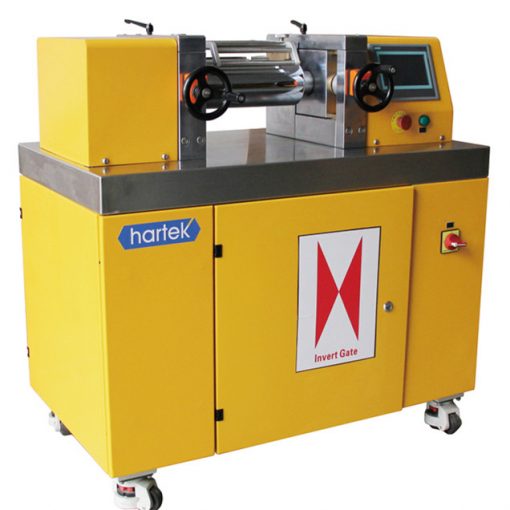According to the melting theory of plastics, the extruder screw of blown film can be divided into three sections: feeding section, melting section and homogenizing section.
At the end of the feeding section and at the beginning of the melting section, according to the melting theory, its temperature should be viscous flow temperature. The viscous flow temperatures of all kinds of blown film resins are PP: 164 – 175 degrees Celsius, PE: 105 – 135 degrees Celsius and PA: 195 – 210 degrees Celsius, respectively.
At the entrance of the feeding section, the temperature is lower to prevent the resin viscous flow from blocking the feeding port. The temperature of the feeding port is about 120 – 165 degrees. The end of the feeding section is equal to the melting point or viscous flow temperature, which can be defined as temperature isospecific linear heating. At the beginning of the melting section, the temperature reaches the viscous flow temperature before melting. For crystalline resin, the viscous flow temperature is equal to the melting point temperature. Then, it is necessary to keep the temperature constant (temperature is about 150-200 degrees) in order to melt the macromolecule with different length of chain and different thermal activity energies. In the homogenization stage, the melt can be homogenized again and the melt can be output at constant temperature at fixed pressure, which can be kept constant or slightly higher than the temperature at the end of the melting stage (2-5 degrees).
For blown film, by touching the head section, the temperature is lower, so it is easy to lift and blow film normally, and it is not possible to break or collapse the film. Generally, it is about 10 degrees lower than the end of homogenization section. The temperature from homogenization stage to mouthpiece can also be regarded as isothermal temperature drop.
The key points for controlling extrusion temperature are as follows: different resins have different process temperatures; the same resin has different type and melting index, different process temperatures, high melting index, good fluidity and low temperature.
The same resin has different film thickness and process temperature. Processing thick film, process temperature can be higher, touch temperature can also be higher, conducive to reducing viscosity, conducive to resin flow.





